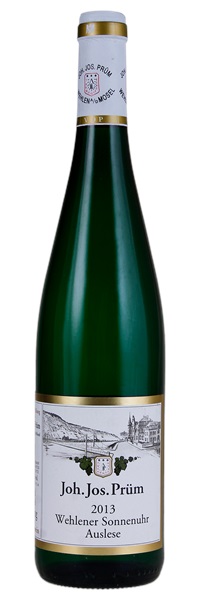Estimate

...noble sweet, very fine aroma of wet and flinty stones intertwined with grapefruit and lemon aromas. Lovely sweet and intense, but also delicate on the palate...medium to full-flavored...great elegance and finesse and finishes with delicately juicy, grapefruit aromas.
...gorgeous array of delicate, floral-tinged green pear, peach and apple flavors that are explosively juicy and fruity-tasting, with a caressing mouthfeel and a finish redolent of dried mint and spice.
...very pure and utterly refined nose of pear, delicious apple, complex slate tones, white flowers, bee pollen and vanilla bean. On the palate the wine is pure, fullish and filigreed, with a lovely core, great refinement and nascent complexity, bright acids and great focus and grip on the very long and very racy finish.
...finest shades of citrus and peach nectar frame this dancingly delicate Riesling...powerfully concentrated, striking the palate with endless bursts of sweet stone fruit and spice.